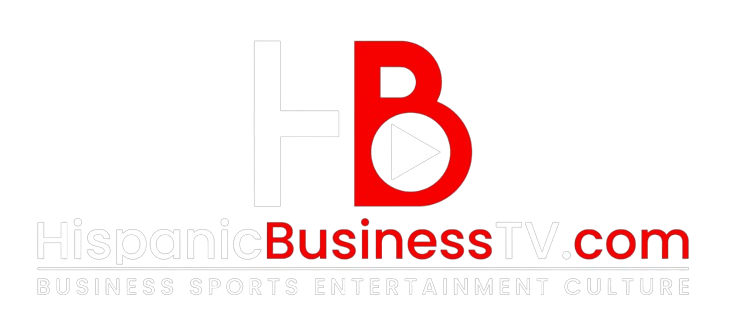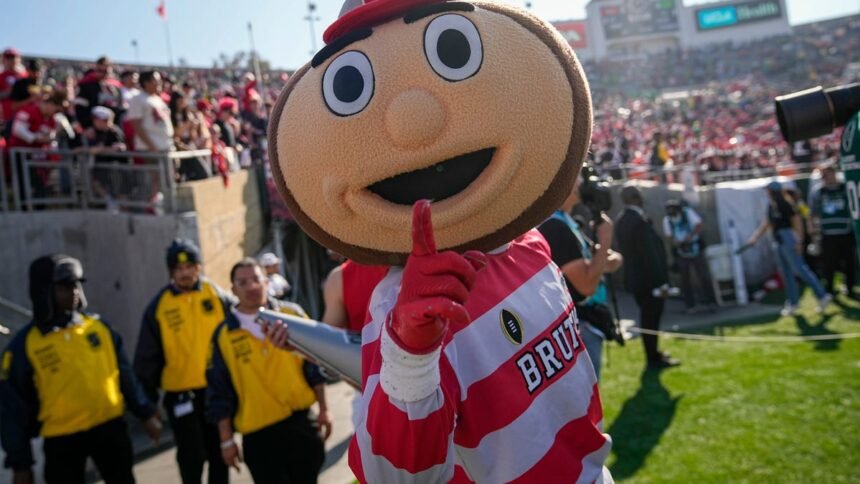A seismic shift in the college sports landscape is underway following the final approval of a landmark settlement of three antitrust lawsuits against the NCAA.
While the settlement requires the association to pay nearly $2.8 million in back damages to current and former athletes over 10 years, it also allows schools to compensate athletes through direct payments and offer more scholarships after limits on financial aid had been in place for decades.
How will the settlement impact the Ohio State athletic department? Here is everything we know:
How much is Ohio State paying athletes?
The university is set to make $18 million in direct payments to athletes over the 2025-26 academic year, athletic director Ross Bjork said.
The payments in this model are in exchange for use of the athletes’ name, image and likeness and begin on July 1.
Which sports are benefiting from the direct compensation?
Athletes participating in four of the 36 varsity sports at Ohio State are due to be paid directly by the school.
An announcement revealing the sports is expected later this week, and Bjork is scheduled to hold a news conference on June 12. It’s likely a bulk of the payments will go to football and men’s basketball players. The Buckeyes are prioritizing the sports with the highest market value.
Is there a limit to the spending?
There is an annual cap on revenue sharing, and it is estimated to be $20.5 million in the first year with increases following over the next decade.
The Buckeyes are spending $18 million on direct payments as the remaining $2.5 million that counts against the cap is for the funding 91 additional scholarships.
How does Title IX apply?
The U.S. Department of Education rolled back guidance in February that required schools to follow the federal gender equity law when sharing revenue with their athletes.
Financial aid through athletic scholarships continues to be subject to Title IX, which dates back to 1972.
Will Ohio State keep all sports?
Though revenue sharing adds a sizable expense to the athletic department’s annual operating budget, Ohio State has pledged not to subject any to cuts.
“We remain committed to maintaining the student-athlete model, offering 36 intercollegiate sports and providing scholarships to all 36,” Bjork said in a statement on June 9.
No other major conference athletic department sponsors more sports than Ohio State.
How will Ohio State handle higher expenses?
The Buckeyes are looking at more revenue to help offset the additional expenses brought on by the settlement.
Not only are revenues from the expansion of the College Football Playoff and media rights fees increasing, but they are anticipating new streams to help with the costs.
For instance, Ohio State announced last week that it plans to install field-level suites at Ohio Stadium next year in order to add more premium seating at football games, a feature that allows it to bring in more money from ticket sales.
As Bjork prepared to take over for Gene Smith at the helm of the athletic department last summer, he said, ““Every piece has to be looked at: How do you monetize that?”
Buy Ohio State books, posters, gear from CFP title win
Does revenue sharing replace NIL pay?
Not entirely. Athletes are allowed to reach endorsement deals with various brands or third-party entities outside of the athletic department.
Bjork said their arrangements with athletes will not have them grant exclusive rights to Ohio State.
But NIL contracts will face tighter scrutiny. Any deal exceeding $600 is subject to approval through a clearinghouse known as NIL Go that analyzes whether it is for a valid business purpose and does not exceed a reasonable range of compensation.
It’s unlikely that previous contracts between athletes and donor-funded groups known as collectives would be rubber-stamped by this new platform.
The clearinghouse, which was set up by Deloitte, took effect on June 7.
What happens to the collectives?
Ohio State is folding THE Foundation and The 1870 Society, the two primary collectives supporting the Buckeyes, into the athletic department.
The school on June 9 announced the collectives’ founding members would serve in advisory roles for the department and work with a newly formed Buckeye Sports Group that will help to facilitate deals for athletes.
“What we want from folks who have been involved in our collectives is their support and connections in the business community,” Bjork said. “Even though the mechanism of a collective will not exist, the relationships will.”
Who maintains compliance with the settlement’s terms?
The enforcement arm is not the NCAA, but a new group called the College Sports Commission led by Major League Baseball executive Bryan Seeley.
The commission is to investigate alleged breaches and hand out punishment if schools are found to have violated policies.
Bjork said Ohio State will sign an institutional commitment letter to be part of the new governance.
“We have to have our staff follow the rules,” Bjork said, “and when people violate the rules there has to be enforcement and accountability.”
What else does the settlement do?
The settlement caps the maximum size of rosters in each of the sports. So rather than scholarship limits being in place, there are now roster limits.
Take football. Instead of Ohio State maintaining around 121 players on the roster, including 85 scholarship players and three dozen walk-ons, it will now have 105 players. About 90 will be on scholarship, coach Ryan Day said in April, leaving a smaller pool of walk-ons.
Joey Kaufman covers Ohio State football for The Columbus Dispatch. Email him at jkaufman@dispatch.com and follow along on Bluesky, Instagram and X for more.











